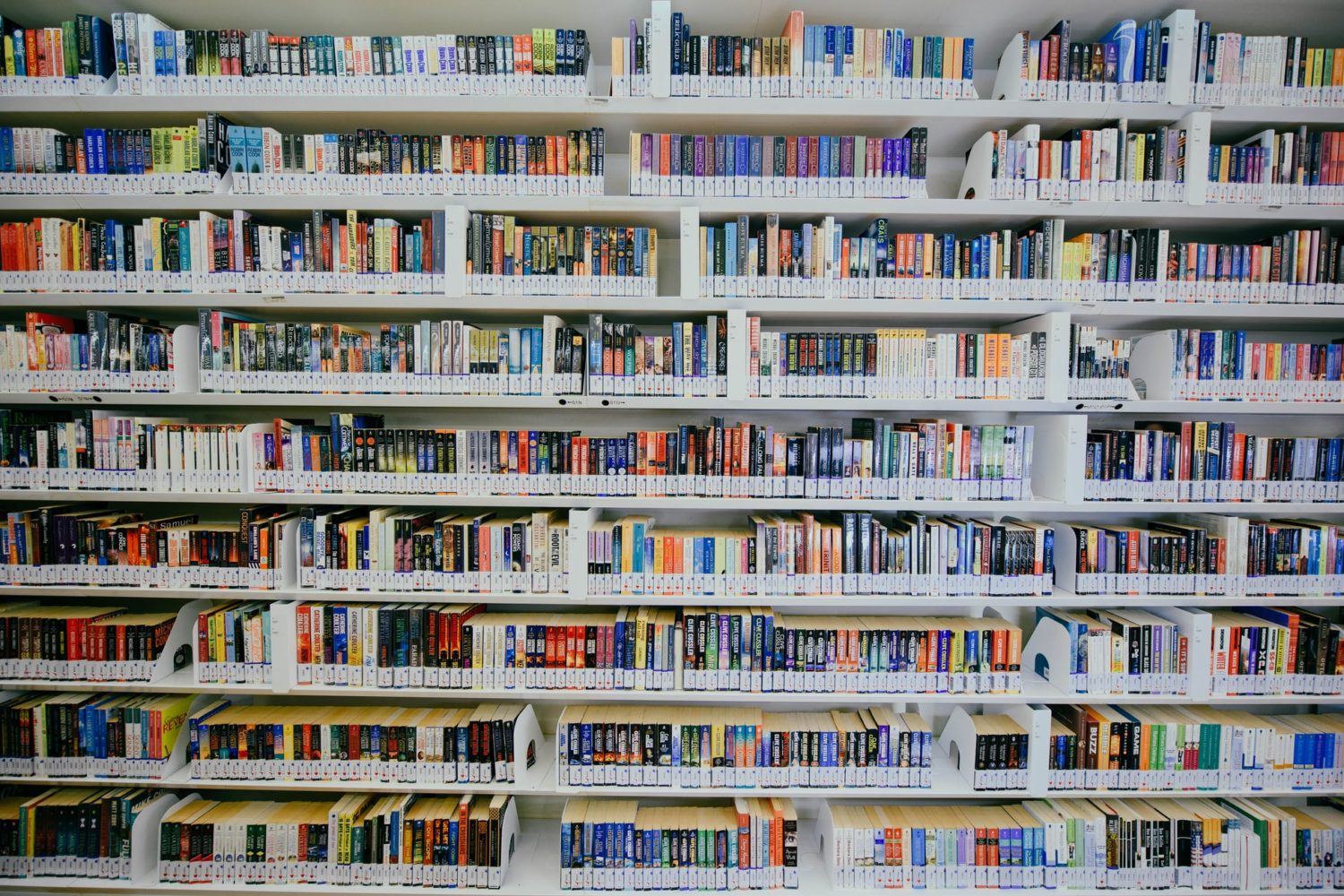The COVID19 pandemic is a scary situation. Even in Australia, where thankfully its spread appears to have been limited thus far, it has already changed society in a temporary fashion. Whether this leads to more permanent changes is, at this point, unknown, but we can certainly hope that the recognition shown to so-called ‘unskilled workers’ during this time is remembered long after the pandemic has been dealt with. I’m not hugely hopeful about that, however.
One of my main research interests relates to active citizenship – or, as I prefer to describe it, justice-oriented citizenship, which is Joel Westheimer and Joseph Kahne’s term. I like ‘justice-oriented’ because it seeks to treat the causes of the problems, rather than the symptoms; that is, there is a more critical element to it. In particular, I’m interested in how people learn about these kinds of citizenship, how they learn to do these kinds of citizenship, and how they learn so that in the future (and now) they might be active citizens. I think the community response to the pandemic has provided some really quite interesting examples of such forms of citizenship (and also, what I would, rather vaguely, call ‘bad citizenship’, too).
This fits in with something that I have heard; during times of crisis, people actually generally behave in a way that is more pro-social. That is, they are more likely to be active and participatory in their communities and support each other. I think that’s probably true – certainly the outpouring of public support – and donations, goodwill, in kind help and much more – during the bushfires is a good example of this in the Australian context. I’m not entirely certain how long it lasts for, however – and where panic buying and hoarding fits in with regards to this pro-social behaviour.
A good example are the rainbows and ‘bear hunts’ that I’ve seen advertised on twitter. So, I’ve heard of streets that put teddy bears or rainbows in windows of houses, so that, when children are able to go for their walk outside while being isolated, they can play a game where they have to spot the bears or rainbows. This is a simple activity, but it seems to have brought about a bit of genuine positivity within small communities. A similar example is the use of red and green flags/ cards in the windows of houses. If you’re isolating, and all is good, you put a green card in your window. If you need assistance, you put a red card, and someone will contact you (safely) and assist – for example, by getting groceries or something similar. Other examples are the singing from the balconies by people – an effort to raise community spirit. All of these are voluntary activities that people are undertaking, sometimes at significant cost or risk to themselves – without any compulsion on their part do do so. Instead, it appears they are motivated, for the most part, purely by the desire to assist others in these difficult times, too. And, while it is probably true to say that these are mostly small, community-level activities, I’m not sure that all of the people involved know each other. Perhaps there is an element of social capital at play, too.
The role of social media is important here, too. For one thing, it appears to amplify these examples of active citizenship, and share them widely so that other groups can employ them. Importantly, it does this in a reasonably autonomous, crowdsourced kind of way. I haven’t seen any news stories about these kinds of things in the mainstream media; rather it has appeared in my Twitter feed because so many people promoted it and retweeted it – it’s almost democratic in that respect.
